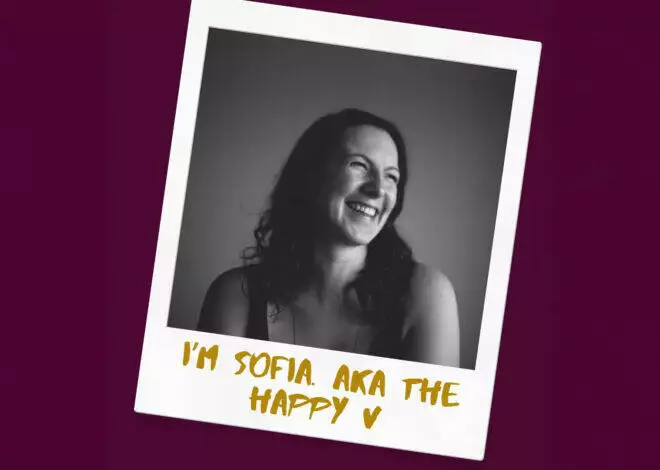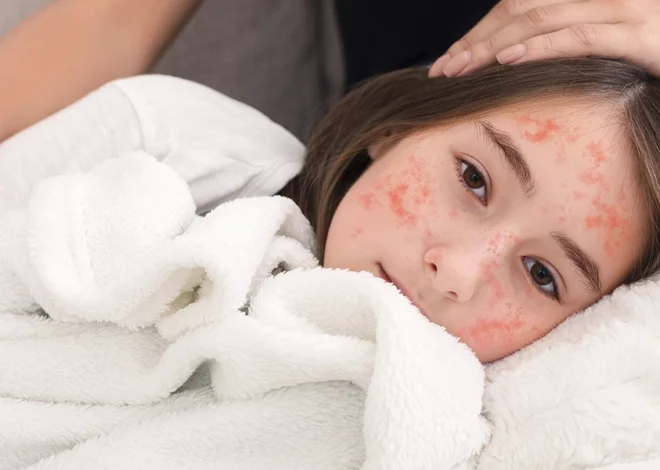A child’s smile will brighten anyone’s day, but tooth discoloration can diminish the beauty of that smile. While tooth discoloration is not usually a serious health threat, unsightly teeth can make your child uncomfortable. In some cases, the discoloration is easily remedied, but in others, more complex issues need to be addressed.
Types
Tooth discoloration is classified as either external or internal. External tooth discoloration is found on the outside of the tooth and is usually caused by medicine or food that stains the enamel. Internal discoloration is caused by genetic factors, trauma or illnesses. Fluorosis, which is when a child consumes an excess of fluoride, can also cause internal tooth discoloration.
Symptoms
Discolored teeth can vary widely in appearance, depending on the cause. Genetic causes such as hyperbilirubinemia can cause teeth to appear greenish blue or even reddish brown. Some discolored teeth are discolored evenly; the entire tooth looks like it has been tinted. Others are mottled, with a darker color at the gums fading to a paler color at the tip of the tooth. Some discolorations appear as splotches or streaks.
Causes
Causes of tooth discoloration range from external injuries to poor hygiene practices. An injury to the teeth or gums may cause a child’s teeth to develop a pink or gray tint. Too much fluoride can leave bright white spots or streaks on teeth. Weak enamel, which is inherited, can lead to discolored teeth. Some medications and vitamins, including iron, can create dark-colored stains on teeth. In particular, long-term use of antibiotics can cause tooth discoloration, according to KidsHealth. Poor brushing habits can cause plaque to build up, which can cause a child’s teeth to look yellow. Serious illnesses, especially during infancy, can cause developing baby teeth to be discolored.
Prevention/Solution
Avoid taking tetracycline during pregnancy, because this can cause a baby’s teeth to be stained a grayish-brown color, according to Pediatric Dental Health. Brush your child’s teeth for him until he is old enough to do it properly. Depending on the child, this might not be until he is 4 or 5 years old. Avoid letting your baby go to bed with a bottle full of juice or milk, because this can stain the teeth. Older children who have discolored permanent teeth can benefit from dental practices such as bleaching or veneers.
Considerations
Discolored teeth in children is not only a cosmetic issue, according to MayoClinic.com. Sometimes, it can be a symptom of an underlying, serious issue, such as a cavity or dead nerve. In such cases, your family dentist will probably refer you to a pediatric dentist or pediatric oral surgeon.





